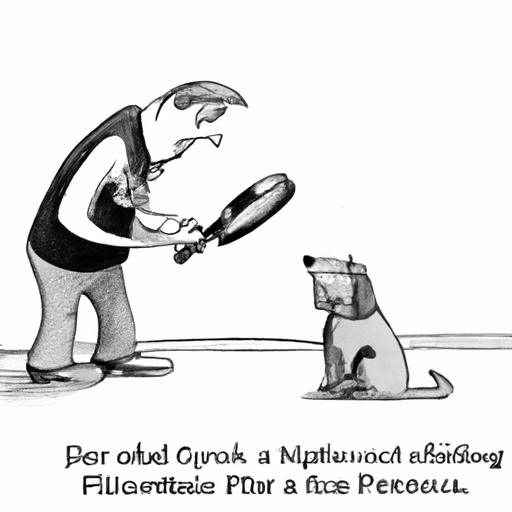Introduction
Dear caregiver, we understand your concern when it comes to the health of your beloved pets. Especially in the case of dogs, who are often more than pets, they are family. Fleas can be a nuisance and potentially harmful to your canine companion. So, let’s delve into the world of fleas, understand what they are, and explore how to prevent and treat flea infestations on your dog.
H2 Understanding The Enemy: What Are Fleas?
Fleas are tiny, wingless parasites that survive by consuming the blood of their hosts. Unfortunately, your furry friends are perfect hosts for these hungry pests. Fleas can jump up to two feet high, which is how they typically find their way onto your dog’s body. Once they settle into your pet’s fur, they are not just a nuisance. They can cause severe discomfort and health issues.
H2 Recognizing Flea Infestations
Recognizing a flea infestation early is key to treating it effectively. Here’s what you should look out for:
- Excessive scratching, licking, or biting at the skin
- Hair loss
- Flea dirt (small dark “grains” in the fur)
- Visible signs of fleas in the fur or in the environment
Remember, your dog cannot tell you they have fleas, it’s up to you to be observant.
H2 Preventing Flea Infestations
Prevention is better than cure. This old adage holds true for fleas as well. There are several steps you can take to prevent a flea infestation:
- Regular grooming of your dog
- Keeping your home and yard clean
- Using flea preventive products
| Product Type | Description |
|---|---|
| Oral Medications | These are pills that can kill fleas at all life stages. |
| Shampoos | Flea shampoos can kill fleas present on your dog at the time of washing. |
| Spot-on Treatments | These products are applied to a small area on your dog’s back and can provide month-long protection. |
H2 Treating Flea Infestations
If your dog does get fleas, don’t panic. There are many effective treatments available:
- Flea medication: Your vet can prescribe medication that kills fleas quickly.
- Flea shampoo: This can kill the fleas currently on your dog.
- Flea comb: This can help remove fleas and flea dirt from your dog’s fur.
- Cleaning your home: Wash all bedding and vacuum thoroughly to remove any fleas or eggs.
Remember, it’s not enough to just treat your dog. You must also treat the environment to prevent re-infestation.
FAQ Section
Q: Can fleas live on humans?
A: Fleas prefer non-human hosts, but they can bite humans if they don’t have access to their preferred hosts.
Q: How can I tell if it’s fleas and not just dry skin?
A: Fleas leave behind “flea dirt” which looks like small black dots in your dog’s fur. Also, fleas can usually be seen moving on the skin.
Q: Can fleas cause diseases in dogs?
A: Yes, fleas can transmit diseases and parasites like tapeworms to dogs. That’s why it’s important to treat flea infestations promptly.
Q: Should I use flea collars?
A: Flea collars can be effective but they have limitations. They only protect the area around the neck. Also, some dogs may have reactions to the collar.
Remember, when it comes to fleas, you’re not just protecting your dog, you’re also protecting your family and yourself. Stay vigilant and keep your home flea-free.



